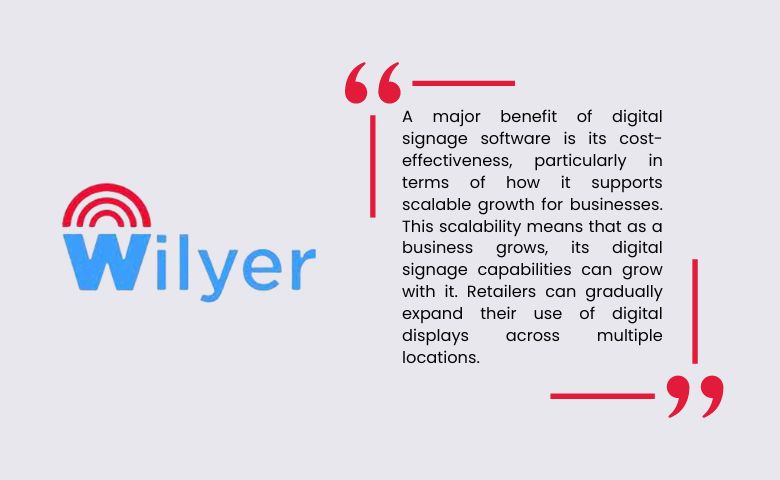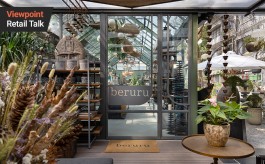How the right Digital Signage software can empower retailers
By Sakshi Sanghavi | September 05, 2024
Rahul Shyokand and Dev Kartik Agarwal, Co-Founders of Wilyer, share their insights on how digital signage software can make a crucial difference to the way retailers and brands engage with their customers across interfaces.

Digital signage software has become a cornerstone for both the Digital Out-of-Home (DOOH) and retail sectors. The technology is revolutionising how businesses engage with their audiences, optimise their advertising strategies, and drive growth. Rahul Shyokand and Dev Kartik Agarwal, Co-founders of Wilyer, highlight the vital importance of digital signage software across both retail and PPH industries in this exclusive conversation with Retail4Growth.

Transforming location-based advertising
Digital signage software is essentially reshaping the way businesses approach location-based advertising, whether on city streets or within retail environments. The ability of digital signage software to connect multiple screens and streamline decisions has been transformative.
The software essentially enables more strategic ad placements, ensuring that messages reach the right audience at the right time. For example, a retail store can use digital signage to target in-store customers with promotions based on real-time inventory data, while a DOOH campaign might strategically place ads in high-traffic areas to maximise visibility. By making location-based advertising more practical and contextually relevant, digital signage software significantly enhances the effectiveness of advertising campaigns across various platforms.
Seamless integration for comprehensive campaigns
A key advantage of digital signage software is its ability to integrate seamlessly with existing infrastructures, benefiting both DOOH networks and retail environments. Rahul and Dev emphasise that their software approach supports programmatic integration, simplifying ad delivery across multiple channels and devices.
This seamless integration is crucial for businesses that need to manage complex, multi-platform campaigns. For example, In retail, it allows for the synchronisation of in-store promotions with digital ads seen by customers on their mobile devices or online.
Data-driven insights for enhanced performance
Rahul and Dev also highlight the importance of real-time data, which allows advertisers to adjust their strategies on the fly, ensuring that their campaigns remain relevant and effective.
For retailers, this means monitoring customer behaviour and adapting in-store displays or promotions based on what is resonating with shoppers. The use of data-driven insights ensures that advertising efforts are not only targeted but also dynamic, capable of evolving in real time to meet the needs of the audience.
Boosting engagement and driving growth
Digital signage software is also critical for enhancing customer engagement and driving long-term growth. By delivering personalised, timely content, businesses can create more meaningful interactions with their audiences. Rahul and Dev point out that making advertising screens widely accessible has made location-based advertising more practical and impactful.
In a retail setting, this might involve using digital displays to showcase promotions that are relevant to the shopper's current location in the store or to their shopping history.
Cost-effective solutions for scalable growth
A major benefit of digital signage software is its cost-effectiveness, particularly in terms of how it supports scalable growth for businesses. Rahul and Dev’s approach focuses on leveraging existing screens and infrastructures rather than requiring significant investments in new hardware. This strategy is beneficial for both small retailers looking to enhance their in-store experience and large DOOH networks aiming to expand their reach without excessive costs.
This scalability means that as a business grows, its digital signage capabilities can grow with it. Retailers can gradually expand their use of digital displays across multiple locations, while DOOH advertisers can add more screens to their networks as needed. By minimising upfront costs and allowing for gradual expansion, digital signage software helps businesses of all sizes enhance their advertising efforts and achieve long-term growth.
As digital signage technology continues to evolve, its role in both the DOOH and retail sectors will only grow in importance. Businesses that adopt and integrate these advanced solutions will be better positioned to stay competitive in an increasingly digital marketplace. For Wilyer, this means an evolving market with evolving needs, and the company is all set to leverage these evolving dynamics.





_140_270.jpg)



Comments